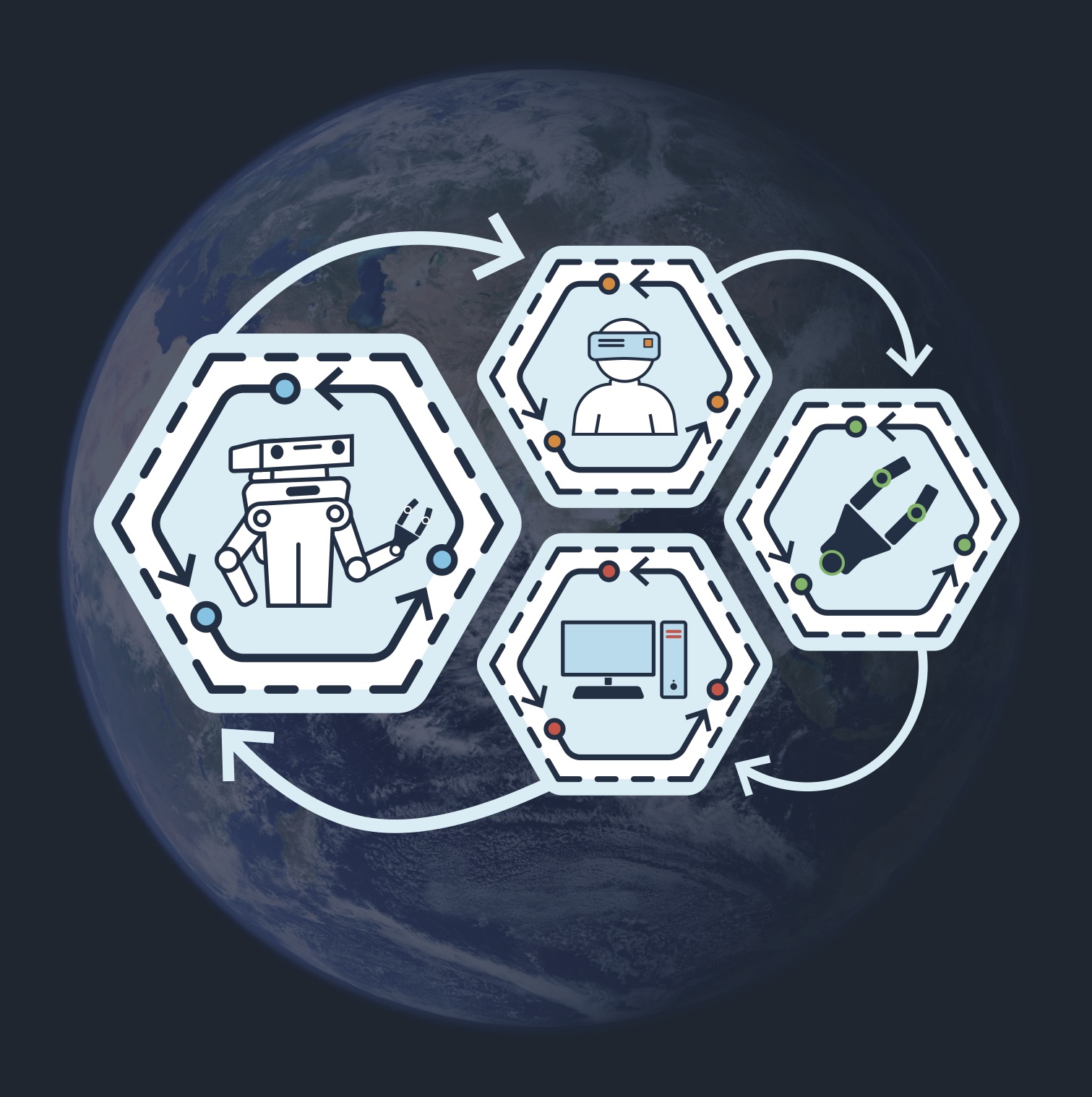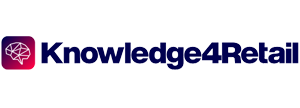



The prefix AIR in TransAIR stands for “AI-based Robotics”. Robots based on AI (Artificial Intelligence) are distinguished by their ability to gather information about the world around them and to make decisions autonomously on the basis of what they have learned. Ideally, they can explain what they are doing and why they are doing it. By contrast, robots working in factories today are mostly “pre-programmed” and therefore incapable of adapting to new tasks on their own.
Robots that operate in factories are expected to perform a single repetitive task as many times and as fast as possible in specially designed environments. For example, a conveyor belt is responsible for moving items to fixed locations where non-mobile robots can passively wait for the objects to arrive. Such robots usually operate in confined areas of restricted access for workers because human-machine cooperation remains dangerous in many settings. Factory robots also often depend on favorable lighting conditions. In “real life” it is difficult to control the amount and quality of light at all times, but in a factory this is possible, making it easier to implement reliable robot vision. Robots working alone, in fixed locations, performing specific repetitive tasks under favorable lighting conditions do not require highly complex capabilities such as human-robot interaction, navigation, reasoning and dealing with unstructured conditions.
Unlike robots in factories, AI-based robots are expected to operate in environments which are not controlled for robust robot operation. For instance, having a robot supporting humans in the kitchen should not demand re-designing the kitchen layout such that the robot can operate successfully. It also shouldn’t be necessary to dim the lights to improve the robot’s vision (while perhaps compromising human sight), or to warn owners to not step into the kitchen area because the robot is cooking. Therefore robots expected to operate in human work spaces require a different capability set than their counterparts in conventional factories. Our AI-enabled mechanical companions are expected to perform a great diversity of tasks, navigate, understand and adapt to uncontrolled conditions.
Open research grants unrestricted access to contents and products that derive from research processes, such as equipment, methodology, design, software, code, data, and publications which are made available for free.
Open research makes content accessible online for anybody from anywhere without restrictions, for example payment, membership, or affiliation. Access to such content does not only expose research at a global scale but opens up the opportunity for participation to a diverse worldwide audience (including children, students, teachers, workers, professionals, citizens, scientists, pensioners, grandparents, and generally curious people).
Unrestricted access to research content enables cooperation at a worldwide scale and makes significant breakthroughs more likely. From a global standpoint, all people benefit. Join the open community and share your research!

Scientific progress is driven by previous work. Researchers currently spend significant time repeating previous work because they don’t have access to the results. Open research has the potential to reduce this waste of time considerably and to make scientific progress faster.
The field of robotics is suffering significantly because the opportunities for collaboration are not used as much as they could be. Robots have shown remarkable advancements in capabilities such as picking and placing objects with different shapes, navigating around increasingly complex obstacles, understanding the world they are observing, and interacting with a human being. However, whenever a robot achieves a new feat, publically available robotic platforms benefit from it only much later, or even never. No single robot is capable of demonstrating all the tasks that have been developed worldwide so far. Why does the robotics repertoire not accumulate over time?
Open research enables scientists to build on previous solutions, thereby accelerating the transfer of research results from one robot to another. Sharing processes and data behind your research makes your work reproducible and facilitates the accumulation of robotic skills.

The Cognitive Robot Abstract Machine-CRAM is a toolbox for designing, implementing, and deploying software on autonomous robots.
 KnowRob is a knowledge processing system that can serve as a common semantic framework for integrating information from different sources.
KnowRob is a knowledge processing system that can serve as a common semantic framework for integrating information from different sources.

RoboSherlock is a framework for cognitive perception, based on the principle of unstructured information management.

RobCoG mines and abstracts robot knowledge from virtual demonstrations.
GISKARD provides a software infrastructure which translates vague motion descriptions into optimised and robust behaviour.
Rock (Robot Construction Kit) is a software framework for the development of robotic systems based on the Orocos RTT (Real Time Toolkit).
MARS is a cross-platform simulation and visualization tool created for robotics research with GUI (based on Qt), 3D visualization (using OSG) and a physics engine (based on ODE).
 Phobos is an open-source Add-On for Blender designed to simplify the creation of robot models, allowing the user to create robot models in a visual, interactive user interface and supporting their export as URDF files as well as SMURF robot descriptions for use with the MARS simulation.
Phobos is an open-source Add-On for Blender designed to simplify the creation of robot models, allowing the user to create robot models in a visual, interactive user interface and supporting their export as URDF files as well as SMURF robot descriptions for use with the MARS simulation.

PRAC is a probabilistic high-performance natural-language interpreter that employs a knowledge-driven approach.

BOLeRo provides tools to optimize and learn behaviors for robots including behavior representations as well as reinforcement learning, black-box optimization, and evolutionary algorithms and imitation learning.
 pySPACE provides a modular signal processing and classification environment for processing segmented time series and feature vector data featuring distributed execution and empirical evaluation of manifold signal processing chains for online applications.
pySPACE provides a modular signal processing and classification environment for processing segmented time series and feature vector data featuring distributed execution and empirical evaluation of manifold signal processing chains for online applications.

Knowledge4Retail is an innovation platform which links the analogous and digital world using artificial intelligence. Availability and especially the intelligent utilization of data – that is the main challenge.